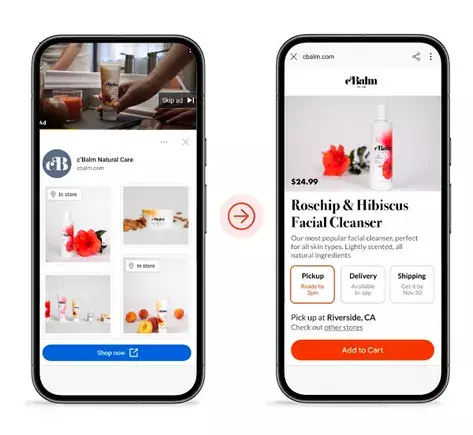Google’s announcement at the “Think Week” event signals a pivotal shift in digital advertising, one that demands marketers’ immediate attention. The introduction of ads within AI-generated overviews is more than a technical upgrade; it’s a paradigm shift that redefines how brands connect with consumers. Historically, search ads relied heavily on traditional keywords and click-based referrals, but the integration of sponsored content within AI responses transforms this interaction into a more dynamic, conversational experience.
This new feature, currently in testing, enables brands to appear directly within AI summaries — akin to a sponsored message embedded seamlessly into the answers consumers receive. Imagine a homeowner researching home repairs, and instead of scrolling through links, they receive tailored advice alongside a visible ad for a local plumber. The innovation lies not just in placement but in contextual relevance: ads appear precisely where they align with user intent, potentially increasing engagement and conversion rates.
However, this advancement isn’t without pitfalls. The visibility of sponsored snippets hinges on the AI’s understanding and the user’s willingness to scroll further. Moreover, with ads now competing within the AI environment, advertisers must consider their budget allocation carefully, knowing that the cost could escalate in these new prime real estate spots. Yet, resisting this evolution might be perilous; brands that don’t adapt risk obsolescence in an increasingly AI-driven search landscape.
Enhanced Creative Control Through AI-Assisted Content Generation
Google’s progression towards smarter content creation tools is a compelling development for marketers eager to streamline production processes. The new AI-powered assets studio promises quick, dynamic, and customized visual content tailored to your brand’s narrative. By simply uploading a product image and inputting a creative prompt, advertisers can generate realistic, scene-specific images that preserve vital product details—be it the texture of a fabric or the vintage emblem on a piece of jewelry.
This innovation is not merely about convenience; it addresses a core challenge of maintaining brand consistency across multiple ad formats. As visual assets are crucial to capturing consumer attention, the ability to generate high-quality images and videos directly within the platform can significantly reduce reliance on expensive photoshoots or external designers. For instance, apparel brands can showcase their jackets in diverse environments without scaling costly photoshoots, allowing for rapid iteration and personalization.
Furthermore, the addition of batch image generation and text-to-video tools enhances the scope of creative assets at an unprecedented pace. This ability to produce multiple variations in minutes ensures brands can adapt quickly to trending themes or seasonal demands — such as holiday campaigns — with agility unmatched in traditional advertising.
Sharpening Brand Safety and Collaboration in a Digital Age
The new text guidelines feature marks Google’s recognition that automation needs boundaries to prevent brand dilution. By guiding AI in crafting text assets that align with brand voice and standards, advertisers can better manage their messaging consistency. This feature is especially critical as AI-driven content becomes a larger part of advertising strategies, ensuring that automation does not compromise quality or appropriateness.
Another noteworthy enhancement is improved project sharing tools, enabling teams to review and refine ads collectively, even when working remotely or across different teams. This increased transparency and collaborative control are vital in maintaining tone, compliance, and strategic coherence as campaigns evolve rapidly.
Meanwhile, the expansion of YouTube masthead ads into shoppable formats opens new avenues for direct sales. These placements offer an immersive experience that combines branding with immediate transactional opportunities. As consumers become accustomed to frictionless buying experiences, integrating shopping directly into popular video ad formats could be the tipping point for brands seeking to capitalize on holiday shopping surges.
In essence, Google’s latest ad innovations craft a more integrated, intelligent, and visually compelling advertising landscape. For marketers willing to embrace these tools, the potential to craft personalized, engaging, and efficient campaigns has never been greater. As competition intensifies, leveraging AI’s creative and targeting capacities might be the key to standing out in the crowded digital marketplace. Ignoring these developments risks leaving your brand behind as the industry moves towards smarter, more interactive advertising paradigms.

